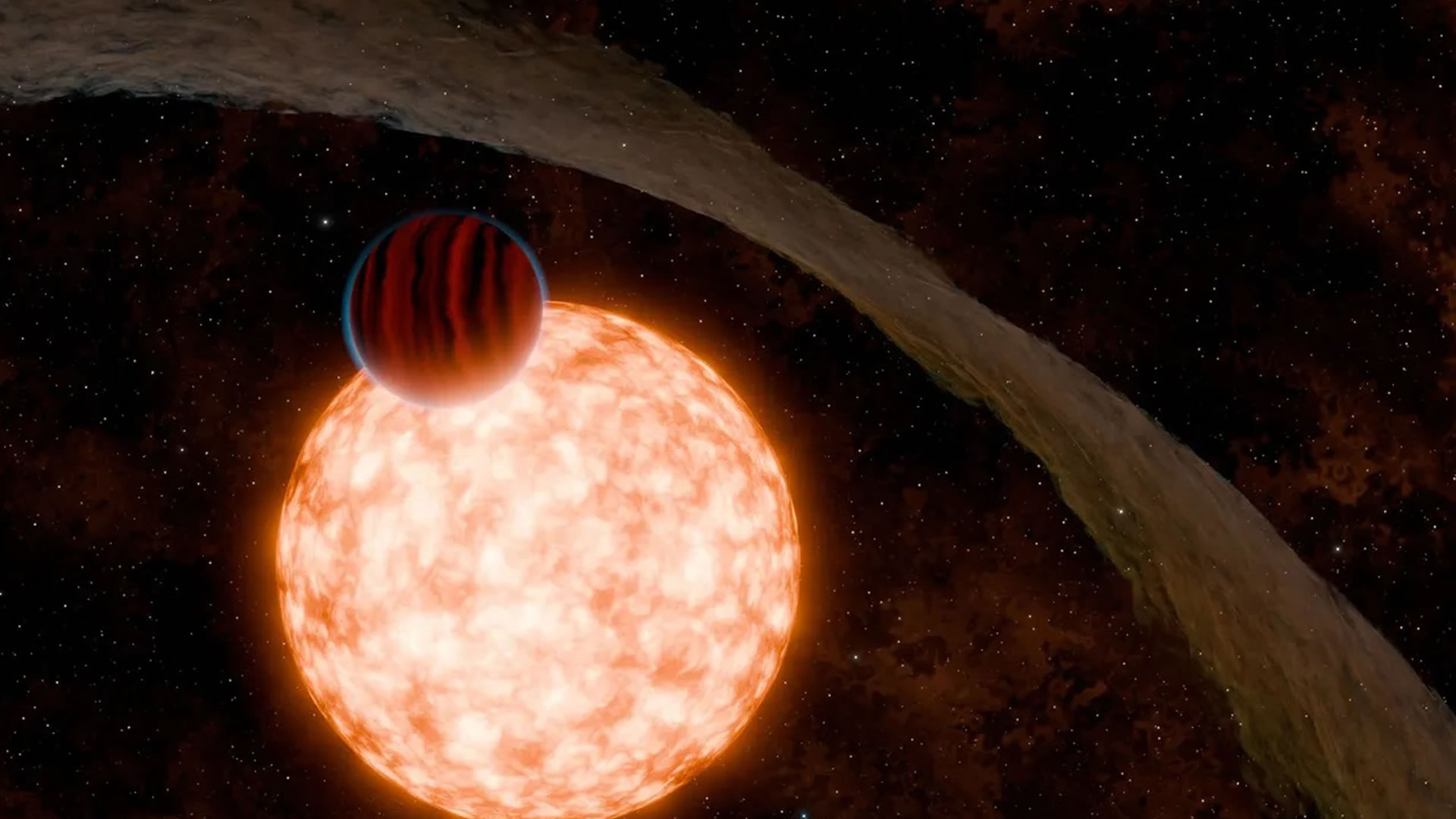A group of seamounts, towering up to 2,681 meters (8,796 feet) in height, has been recently identified in the Pacific Ocean. Discovered by the research vessel Falkor (too) of the Schmidt Ocean Institute while en route from Golfito in Costa Rica to Valparaiso in Chile, these underwater mountains range in height from approximately 1,591 meters (5,220 feet) to 2,681 meters (8,796 feet). This revelation comes as a continuation of the institute’s previous discovery in November 2023, where they stumbled upon an underwater mountain twice the height of the Burj Khalifa at 1,600 meters (5,259 feet) in international waters off Guatemala. The largest of the four seamounts recently discovered by Schmidt Ocean Institute experts is 2,681 meters (8,796 feet) tall.Image credit: Schmidt Ocean Institute
The largest of the four seamounts recently discovered by Schmidt Ocean Institute experts is 2,681 meters (8,796 feet) tall.Image credit: Schmidt Ocean Institute
Utilizing gravity anomalies in satellite altimetry data, the seamounts were located by measuring slight impacts on the sea surface caused by underwater structures. According to John Fulmer, a marine technician and hydrographic expert at Schmidt Ocean Institute, examining gravity anomalies involves looking for bumps on a map, which led to the identification of these large seamounts during their first science expedition in Chile at the beginning of this year.-Ketter-0011.jpg) The Schmidt Ocean Institute’s research vessel Falkor (too) sailing the high seas.Image credit: Schmidt Ocean Institute
The Schmidt Ocean Institute’s research vessel Falkor (too) sailing the high seas.Image credit: Schmidt Ocean Institute
Seamounts, which are underwater mountains with steep sides typically formed by extinct volcanoes, often serve as important biodiversity hotspots, offering a solid surface for wildlife to thrive and supporting them with food and nutrients. Dr. Jyotika Virmani, executive director of Schmidt Ocean Institute, underscores the significance of discovering seamounts in advancing our understanding of life on Earth and making new ecological discoveries.
Technically, the tallest mountain on Earth is a partially submerged seamount, Hawaii’s Mauna Kea, which is over 10,210 meters (33,500 feet) tall compared to Mount Everest’s 8,849 meters (29,032 feet). Schimidt Ocean Institute’s ongoing seafloor mapping project aims to map the entire ocean floor, having already covered over 1.44 million square kilometers (around 500,000 square miles) since 2013. They hope to map the entirety of the seafloor by the end of this decade, emphasizing the importance of ocean mapping for better understanding and managing the planet’s marine resources.
New Discovery: Deepsea Mountains Revealed by Gravity Anomalies














